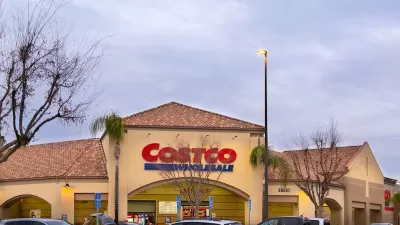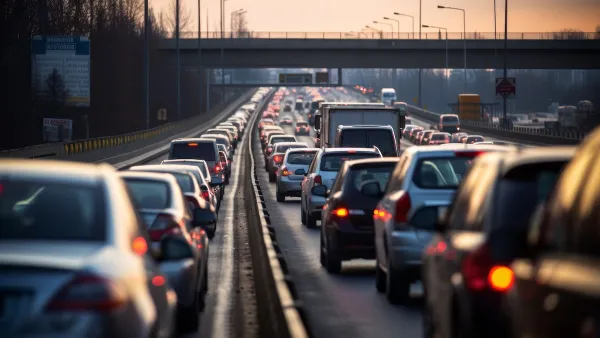Dense downtowns provide more tax revenues for cities than strip mall and big box development on a per acre basis, according to a new study.
A new study takes a holistic approach to comparing tax revenue from big box development and downtown, mixed-use development. The study, commissioned by the Sonoran Institute, finds that on a per acre basis mixed use, dense dowtown development yields higher tax revenues for communities than their suburban mall counterparts.
The study's author, Joe Minicozzi, points out that in developments such as Glenwood Meadows "that the walk across the parking lot from Chili's restaurant to Target at the Meadows is equivalent to about a two-block walk in downtown Glenwood Springs, past numerous storefronts." The loss of revenue that is incurred because of the large expanses of parking lots is significant.
Economic development is a critical topic in many communities, especially in the current economic climate, and revenue information comparing different types of development may be useful in making land use decisions. The data from the study indicates that the Meadows development in Glenwood Springs brings in approximately $141,590 per acre, while the Denver Centre development in downtown Glenwood Springs brings in approximately $264,00 per acre.
Minicozzi notes that "'New urbanist' style downtown redevelopment, with its focus on mixing high-density residential with retail and commercial office space in a pedestrian-friendly setting, also tends to yield higher property values."
"Add the cost of public services to accommodate the needs of a large mall development compared to a dense downtown area, and the cost-versus-benefit numbers are even more telling, Minicozzi said."
Thanks to Cathie Pagano
FULL STORY: Study: dense downtowns = higher tax yield

Planetizen Federal Action Tracker
A weekly monitor of how Trump’s orders and actions are impacting planners and planning in America.

Map: Where Senate Republicans Want to Sell Your Public Lands
For public land advocates, the Senate Republicans’ proposal to sell millions of acres of public land in the West is “the biggest fight of their careers.”

Restaurant Patios Were a Pandemic Win — Why Were They so Hard to Keep?
Social distancing requirements and changes in travel patterns prompted cities to pilot new uses for street and sidewalk space. Then it got complicated.

Platform Pilsner: Vancouver Transit Agency Releases... a Beer?
TransLink will receive a portion of every sale of the four-pack.

Toronto Weighs Cheaper Transit, Parking Hikes for Major Events
Special event rates would take effect during large festivals, sports games and concerts to ‘discourage driving, manage congestion and free up space for transit.”

Berlin to Consider Car-Free Zone Larger Than Manhattan
The area bound by the 22-mile Ringbahn would still allow 12 uses of a private automobile per year per person, and several other exemptions.
Urban Design for Planners 1: Software Tools
This six-course series explores essential urban design concepts using open source software and equips planners with the tools they need to participate fully in the urban design process.
Planning for Universal Design
Learn the tools for implementing Universal Design in planning regulations.
Heyer Gruel & Associates PA
JM Goldson LLC
Custer County Colorado
City of Camden Redevelopment Agency
City of Astoria
Transportation Research & Education Center (TREC) at Portland State University
Camden Redevelopment Agency
City of Claremont
Municipality of Princeton (NJ)




























